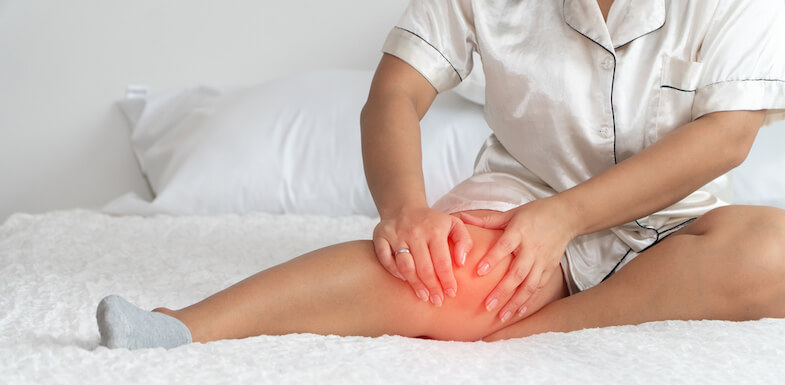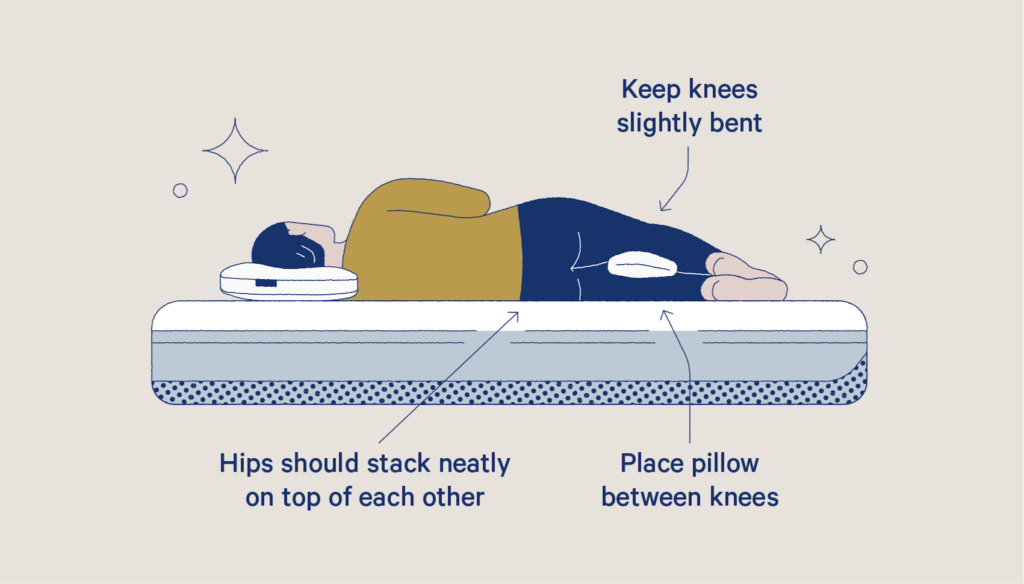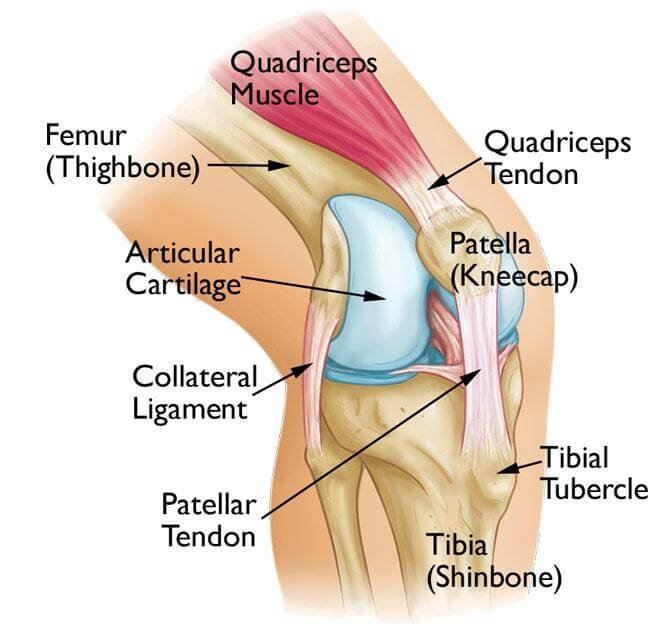Living in a bustling city can be an exciting and fast-paced experience. However, for those living with osteoarthritis, navigating the urban landscape can present unique challenges. In this article, we will explore the impact of urban living on osteoarthritis and provide tips for managing the condition in a city setting.

The Impact of Urban Living on Osteoarthritis
Increased Physical Demands
One of the biggest challenges for those with osteoarthritis in the city is the increased physical demands of urban living. Walking long distances, climbing stairs, and navigating crowded streets can put added strain on joints affected by osteoarthritis.
Additionally, many city dwellers rely on public transportation, which often involves standing for extended periods of time. This can be particularly difficult for those with osteoarthritis in the knees or hips.
Environmental Factors
City living can also expose individuals with osteoarthritis to environmental factors that can exacerbate their symptoms. Air pollution, for example, has been linked to increased inflammation and joint pain in those with osteoarthritis.
Noise pollution can also be a problem for those with osteoarthritis, as it can contribute to stress and anxiety, which can worsen symptoms.
Managing Osteoarthritis in the City
While urban living may present unique challenges for those with osteoarthritis, there are steps that can be taken to manage the condition and maintain a high quality of life.
Utilize Mobility Aids
For those with osteoarthritis, mobility aids such as canes, walkers, or wheelchairs can be incredibly helpful in navigating the city. These aids can reduce the strain on joints and make it easier to move around, allowing individuals to continue to enjoy all that the city has to offer.
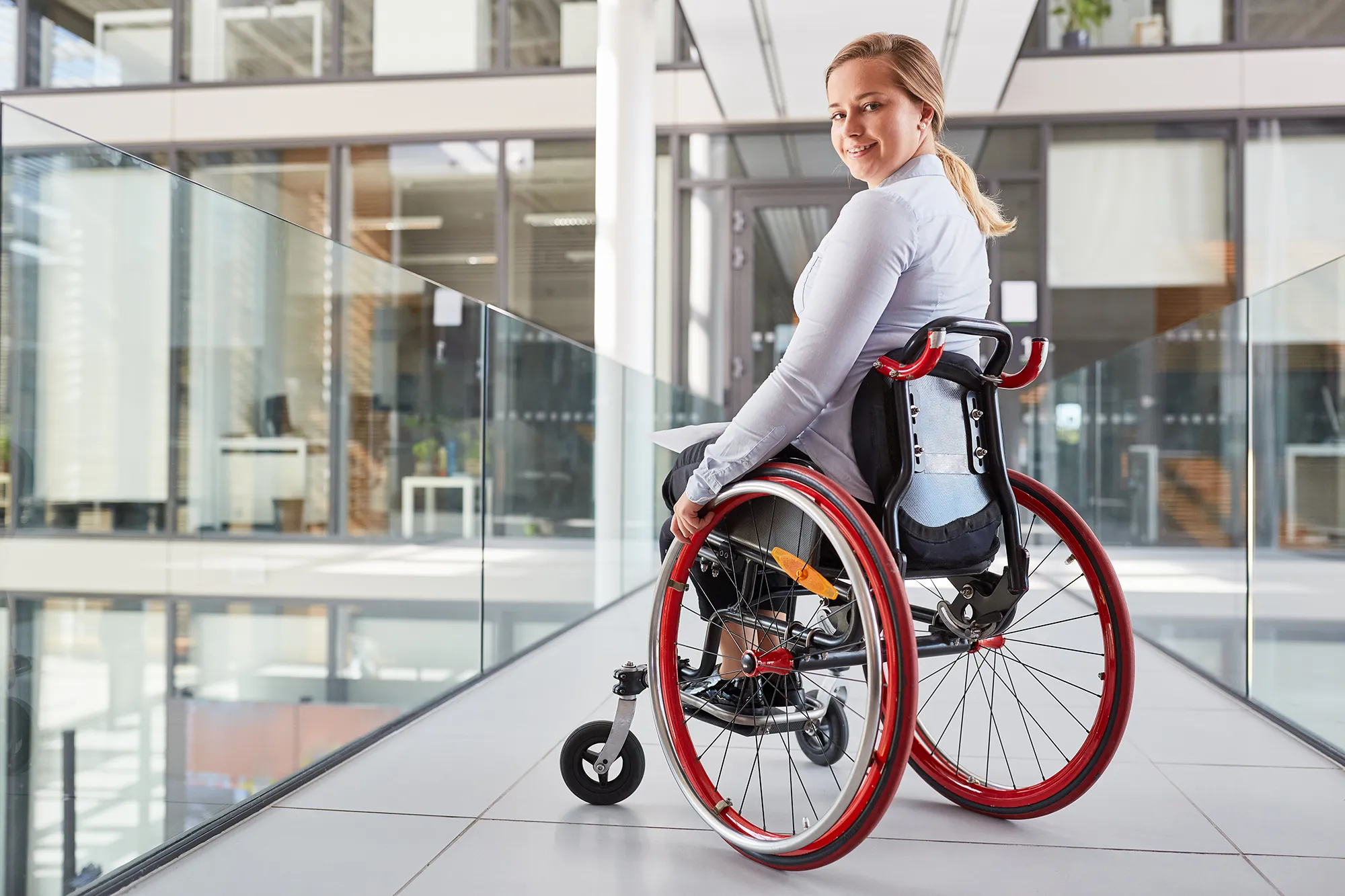
Plan Ahead
When living with osteoarthritis in the city, it is important to plan ahead and be mindful of potential challenges. This may mean choosing a route with fewer stairs or avoiding crowded areas during peak times. Planning ahead can help reduce stress and minimize the physical demands on joints.
Take Breaks
It is important for those with osteoarthritis to listen to their bodies and take breaks when needed. This may mean stopping to rest on a bench during a long walk or taking a break from standing on public transportation. By taking breaks, individuals can reduce the strain on their joints and prevent further pain and discomfort.
Seek Out Support
Living with osteoarthritis in the city can be isolating, but it is important to remember that you are not alone. Seek out support groups or online communities where you can connect with others who understand the challenges of managing osteoarthritis in an urban setting. These groups can provide valuable tips and support to help you navigate your daily life.

Stay Active
While it may seem counterintuitive, staying active is crucial for managing osteoarthritis in the city. Regular exercise can help strengthen muscles and improve joint function, making it easier to navigate the physical demands of urban living. Low-impact activities such as swimming, cycling, or yoga can be particularly beneficial for those with osteoarthritis.
Consider Alternative Transportation
For those with osteoarthritis, walking long distances or standing on public transportation may not be feasible. In these cases, it may be worth considering alternative forms of transportation such as ride-sharing services or accessible public transportation options. This can help reduce the physical demands on joints and make it easier to get around the city.
Technology for Osteoarthritis Management in Urban Settings
In today’s digital age, technology can be a valuable tool for managing osteoarthritis in the city. Here are some examples of technology that can help make urban living with osteoarthritis more manageable:
Wearable Devices
Wearable devices such as fitness trackers or smartwatches can help individuals with osteoarthritis monitor their activity levels and set goals for staying active. These devices can also track sleep patterns, which is important for managing pain and inflammation.
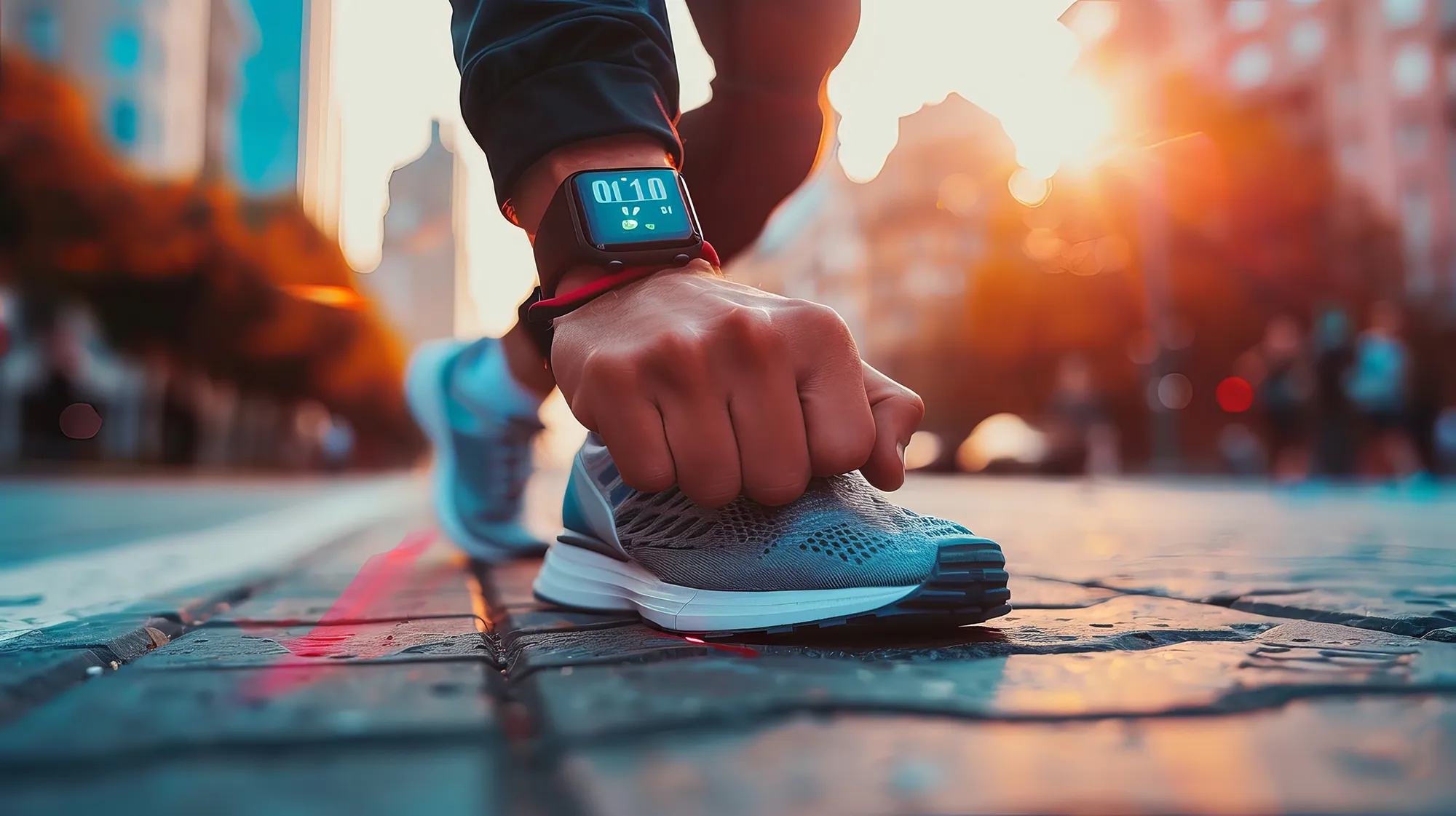
Mobile Apps
There are a variety of mobile apps available that can help individuals with osteoarthritis manage their symptoms. These apps may include features such as exercise routines, pain tracking, and medication reminders.

Virtual Doctor Visits
For those with limited mobility or difficulty accessing traditional healthcare, virtual doctor visits can be a game-changer. These appointments allow individuals to consult with a healthcare professional from the comfort of their own home, reducing the physical demands of traveling to a doctor’s office.

Real-Life Examples of Osteoarthritis Management in the City
Public Transportation Accessibility
In cities like New York and London, efforts have been made to improve accessibility on public transportation for those with mobility issues. This includes features such as elevators, ramps, and designated seating areas for individuals with disabilities. These improvements make it easier for those with osteoarthritis to navigate the city and access all it has to offer.
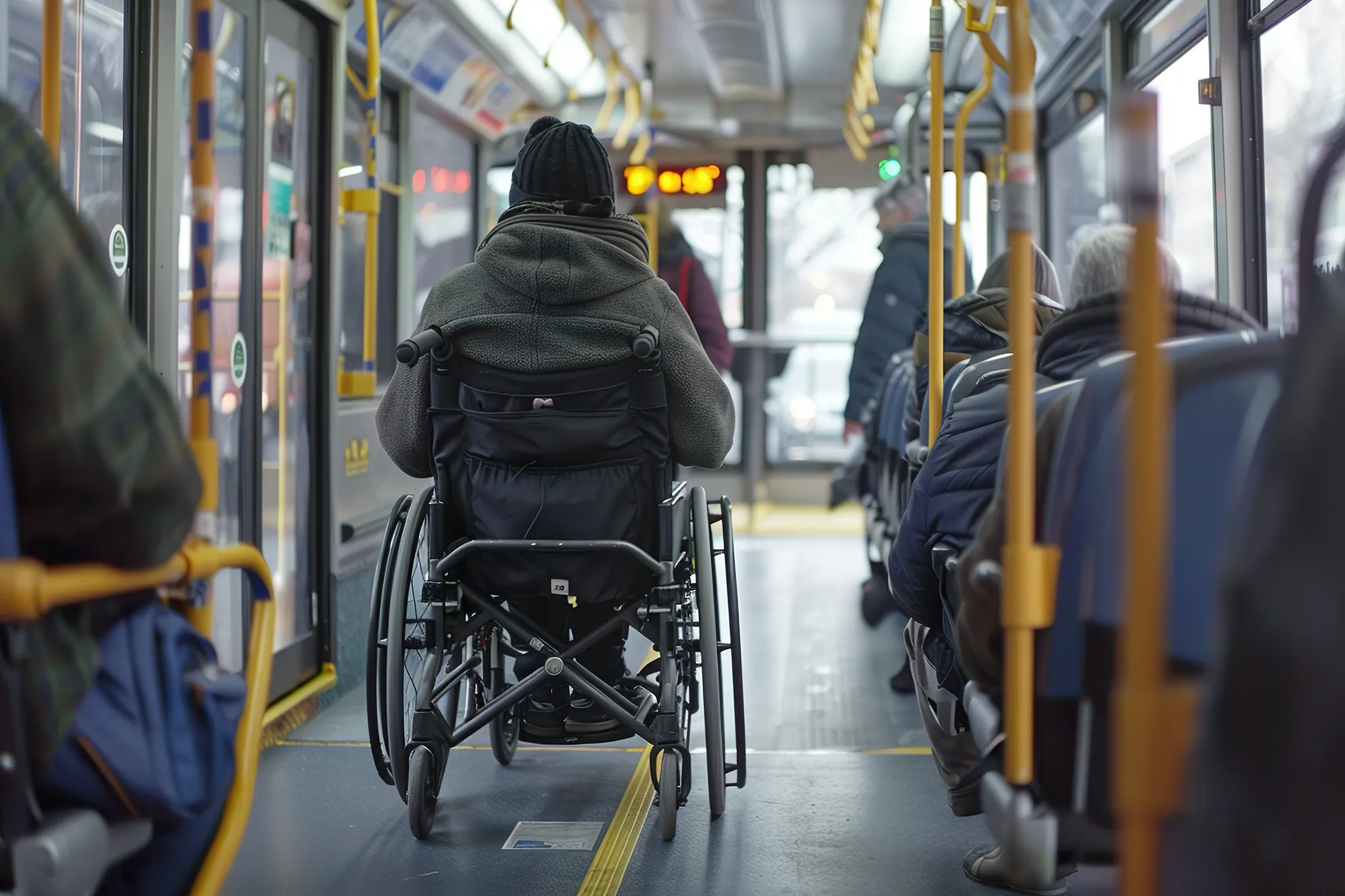
Community Gardens
Community gardens are becoming increasingly popular in urban areas, providing a space for city dwellers to grow their own fruits and vegetables. For those with osteoarthritis, gardening can be a low-impact form of exercise that also provides access to fresh, healthy produce.

Conclusion
Living with osteoarthritis in the city may present unique challenges, but with the right strategies and support, it is possible to manage the condition and maintain a high quality of life. By utilizing mobility aids, planning ahead, staying active, and taking advantage of technology, individuals with osteoarthritis can continue to thrive in an urban setting. Remember, you are not alone in your journey, and there are resources available to help you navigate the urban landscape with osteoarthritis.

